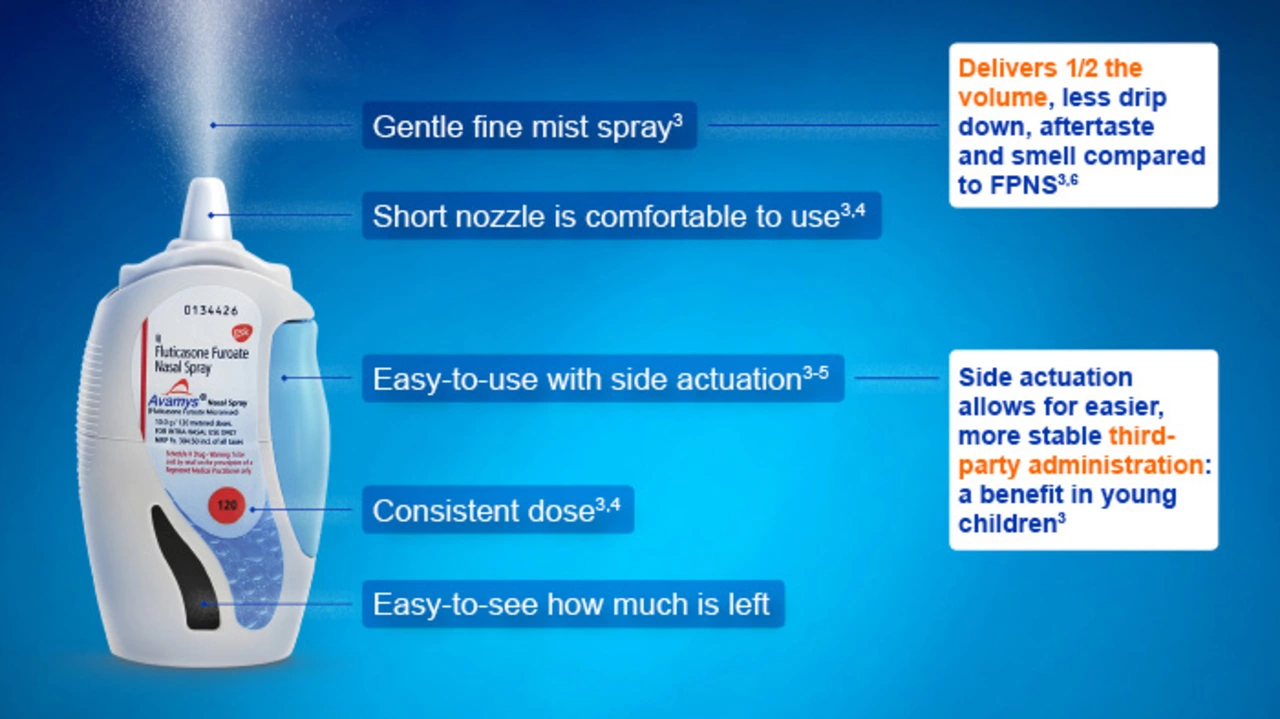Allergy management that actually works — simple steps you can use today
Allergies suck, but small changes make a big difference. If sneezing, itchy eyes, blocked nose or worse keep showing up, this guide gives clear, usable steps: how to stop a flare fast, how to reduce exposure at home, which medicines help, and when to see an allergist.
Quick actions to stop a flare
If you feel symptoms coming on, try these first:
- Take a non-sedating antihistamine (cetirizine, loratadine, or fexofenadine) for sneezing, itching, runny nose.
- Use a nasal steroid spray (fluticasone or mometasone) for congestion — it works best with regular use but can help within a few days.
- For itchy, watery eyes, use an antihistamine eye drop like olopatadine.
- Rinse your nose with saline or use a saline spray to wash out pollen and mucus immediately after being outside.
Avoid first-generation antihistamines (like diphenhydramine) for daily use — they cause drowsiness and foggy thinking. Reserve them for short-term night use if needed and only under guidance.
Cut exposure — practical home fixes
Know your triggers: pollen, dust mites, pets, mold, or certain foods? Target the trigger directly with these steps:
- Dust mites: encase mattresses and pillows in allergen-proof covers, wash bedding weekly in hot water (60°C / 140°F if possible), and keep bedroom humidity under 50%.
- Pollen: keep windows closed during high pollen days, run air conditioning with a clean filter, shower and change clothes after outdoor time.
- Pets: keep pets out of the bedroom and bathe them regularly; HEPA vacuums help reduce dander.
- Mold: fix leaks quickly and use a dehumidifier in damp rooms.
Adding a HEPA air purifier in the bedroom can cut airborne allergens noticeably. Small, consistent steps deliver the biggest relief over time.
Got severe reactions or unclear triggers? Get tested. Skin-prick tests or blood tests for specific IgE pinpoint what you react to and guide treatment choices. If symptoms are hard to control despite treatment, ask about allergy immunotherapy — injections (SCIT) or tablets (SLIT) can reduce sensitivity long-term.
Learn the signs of a severe allergic reaction: throat tightness, trouble breathing, dizziness, or sudden drop in blood pressure. If any of these happen, use epinephrine immediately (if prescribed) and call emergency services. For food allergies, always carry an action plan and an epinephrine auto-injector if you’ve had a serious reaction before.
Finally, talk with your doctor about pregnancy, kids, or other health issues before starting meds. Most common antihistamines and nasal steroids are safe with medical advice, but check first. With the right plan, you can cut flares, sleep better, and spend more time living instead of hiding from triggers.
Fluticasone for Travelers: Managing Allergies on the Go
As a traveler, I've found that fluticasone is a game changer in managing allergies on the go. This nasal spray helps reduce inflammation and control common allergy symptoms, allowing me to fully enjoy my trips without constantly sneezing or dealing with itchy eyes. It's easy to pack and use, making it a must-have in my travel essentials. I highly recommend fluticasone for fellow travelers who suffer from allergies, as it makes exploring new places so much more enjoyable. Remember to consult with your doctor before using any medication, especially if you're planning an adventure abroad!
